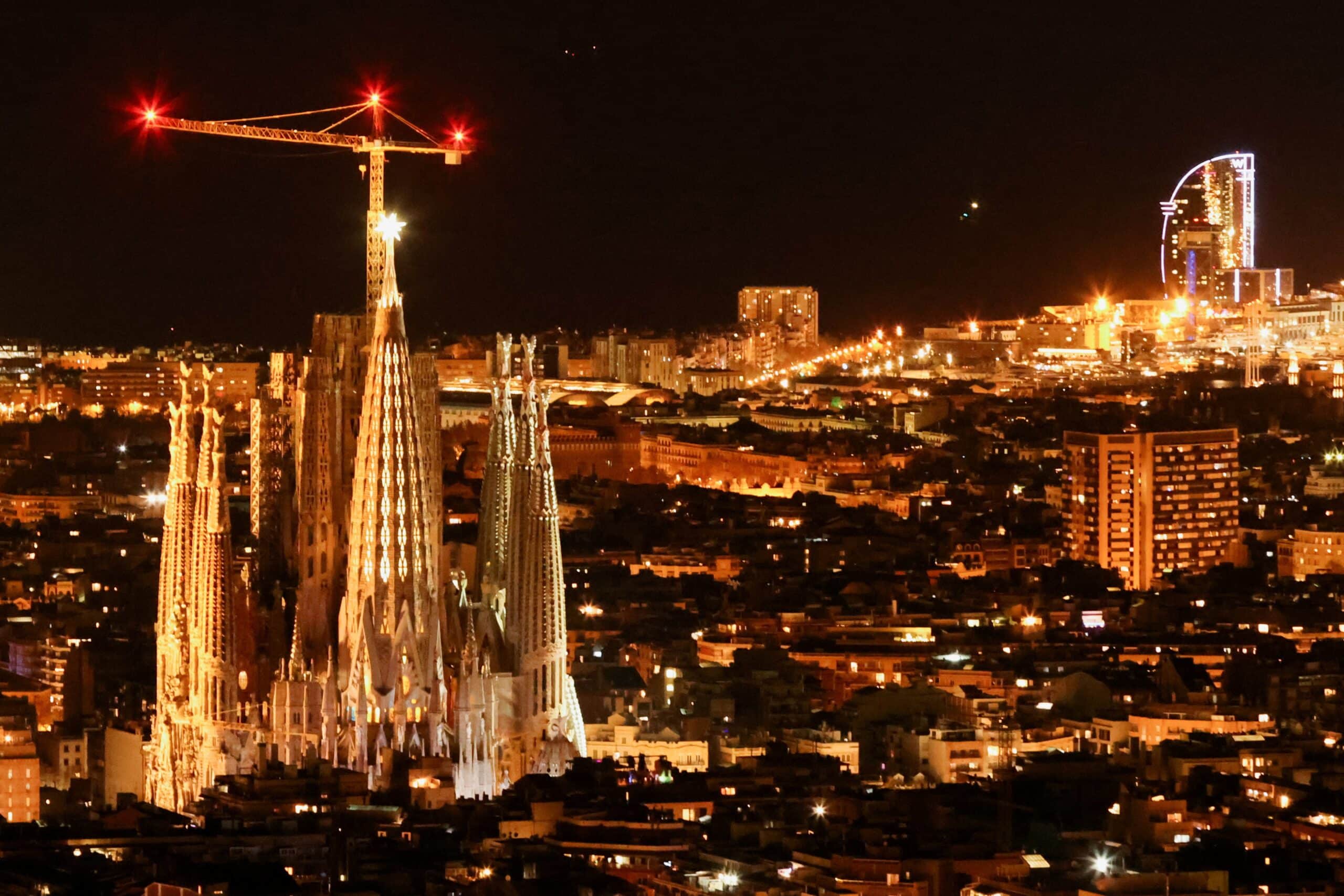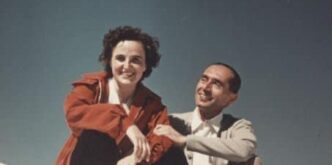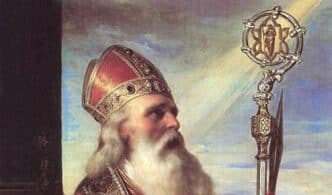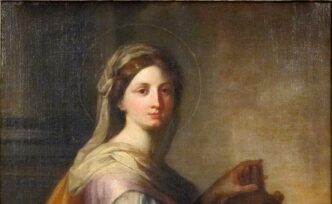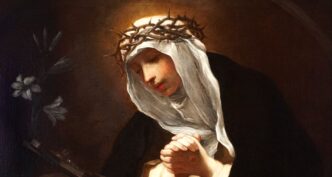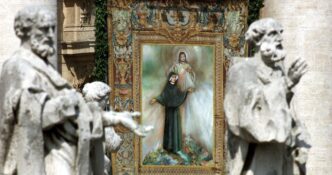When tragedies of seemingly pure coincidence hit, we naturally think of the fragility of life and how haphazard death can seem. We are reminded that ultimately there is nothing we can do to delay the moment we will meet death and reach the encounter on the other side.
But these “coincidental” tragedies seem even more mysterious when the victim is, for example, a priest: Why Lord, with such a need for priests, did you let this one go so quickly?
Perhaps these coincidences are ultimately confounding when the victim is … a saint.
Three saints or saints-to-be of the 20th century were the victims of vehicular accidents that seemingly came out of nowhere.
On April 29, 1984, Blessed Sandra Sabattini was on her way to a meeting of a charity community she worked with. When she arrived and got out of the car, she was hit by another vehicle. After three days in coma, she died in the hospital on May 2, 1984. She was only 22.
On June 29, 1919, Dr. José Gregorio Hernández went out to buy medicine for one of his elderly patients. As he crossed the street in Caracas, he was struck by a car. He died shortly afterward, at age 54 … and went on to become Venezuela’s first saint.
On the afternoon of June 7, 1926, Antoni Gaudí was heading to the oratory of St. Phili Neri for his customary prayers and confession. He was struck by a tram on Barcelona’s Line No. 30. He didn’t recover from his injuries and died on June 10. He was 73.
On April 14, 2025, Pope Francis approved the declaration of Antoni Gaudí as Venerable, recognizing that he had lived a heroic virtue.
While all three stories might make us reflect on God’s mysterious ways, the case of Gaudí seems to have a particular message for our times. While he was no longer a young man at the time of the accident, one wonders if he could have been saved. The thing is, no one wanted to take care of him.
Who was Antoni Gaudí?
Antoni Gaudí is most known as the architect behind Barcelona’s striking and unusual Basilica of the Sagrada Familia. Considered a “catechism in stone,” the towering basilica is still not even finished after almost 150 years of work; construction began on St. Joseph’s feast, March 19, 1882, and Gaudí took over as the chief architect the next year.
If everything goes as planned, it will finally be completed in 2026. Only in 2010 was it consecrated as a basilica — by Benedict XVI, on a visit there. Readers who are not familiar with the church can take a virtual tour. It’s an architectural and even catechetical marvel.
The Sagrada Familia is far from Gaudí’s only work. He had displayed his creations at the 1888 World Fair, a major event for Barcelona. In 1900, he was recognized with an award for the city’s best building. He worked on churches and homes, and even a park that was meant to become a sort of gated community but never materialized. For a time, Gaudí himself occupied what was to be the park’s model home.
With such a notable resume, it’s obvious that by the time of his death, Gaudí was a famous celebrity, not only in Barcelona but throughout Spain and Europe. Anyone who knows Gaudí’s work can imagine why it gained him such fame. Nothing about his creations is ordinary. The often ingenious practical usefulness of his designs is outshone by the color, the movement, the absolute uniqueness of whatever came from his mind.
“Glory is light, light gives joy, and joy is the happiness of the spirit,” he once said. And his creations are full of light — truly a reflection of the created world. He worked using scale models so that he could more accurately imitate nature.

Even today, his designs are some of the biggest draws to Barcelona, for religious and secular tourists alike.
But Gaudí was not interested in celebrity status. Gaudí was interested in serving God and the Church with the talents he had been given. And perhaps even more so, he was interested in simply being a good Christian.
Therefore, Gaudí lived quite austerely. His room in the park-community home had a bed, a kneeler placed before a large and beautiful crucifix, a small, framed image of the reigning pope and little else.
Rejected as a beggar
Every day as he left that house, he stopped for a prayer to the saint whose image hung over the door.
“To do things right, first you need love, then technique,” he believed.
He was focused on the great task of advancing the Sagrada Familia, as well as advancing his soul, and perhaps had little time or interest for attention to personal upkeep.
Thus that June 7, when the tram hit him, he was mistaken for a beggar. He was unconscious and bleeding from his ear, but he was obstructing traffic, so he was scooted to the side. Two pedestrians stayed with the fallen man and tried to get a taxi. When one finally stopped, the driver saw who he was being asked to transport, and refused. A second did the same, despite the pedestrians assuring that they would pay and give a tip. A third taxi couldn’t possibly take him because the seats had just been reupholstered. A fourth simply sped on by. Finally a policeman appeared and forced taxi number five to take the injured man.
One can’t help but think of the sad case of all those who passed by before the Good Samaritan arrived.
Gaudí was taken to a clinic and given a quick diagnosis of concussion, three fractured ribs and trauma to the right ear. He was transferred to the closest hospital, the one for the poor, because it was near the time to change shifts, and taking him farther would mean overtime.
The supposed homeless beggar had no identification, but in his pockets they found a handkerchief, a desk key and several rosaries. The doctor on duty at the hospital of the poor failed to realize how badly the future Venerable was injured. Happily, the priest on duty was more alert, and gave anointing of the sick and the apostolic pardon.
Back at the basilica, the night watchman thought it odd that Gaudí had not returned. He went to the parish house to ask if the architect was with the priest. The two began a search and didn’t arrive at the right hospital until midnight. When they asked for Gaudí, they were questioned: “Who? Gaudí the architect? He couldn’t possibly be here without us knowing” … but indeed he was.
Now recognized by his friends, Gaudí received the spiritual care he would have wanted, even if the medical care was no longer sufficient to save his life. Barcelona’s best physicians were eager to offer their advice, but as the hours wore on, the concussion was made more serious because Gaudí’s heart was weakening. The bishop of Barcelona telegraphed the Vatican asking the pope for a special blessing.
“Jesus, my God,” Gaudí repeated often, sometimes lucid and sometimes unconscious. And after a long agony, accompanied by the prayers of the Church, the genius celebrity architect who had been rejected as a beggar died saying, “My God. My God.”

